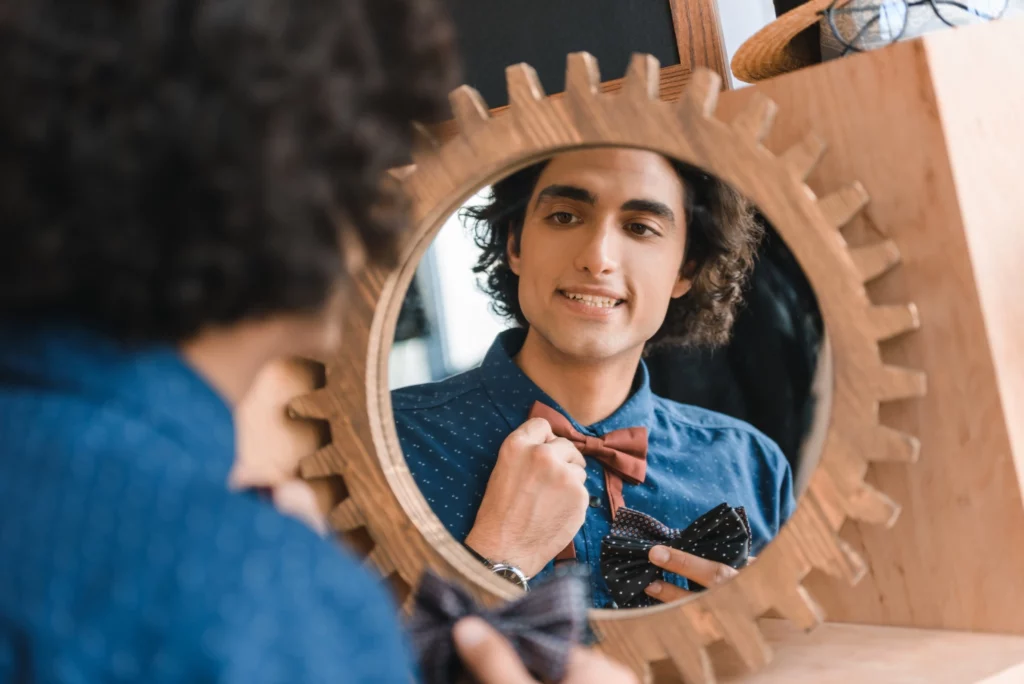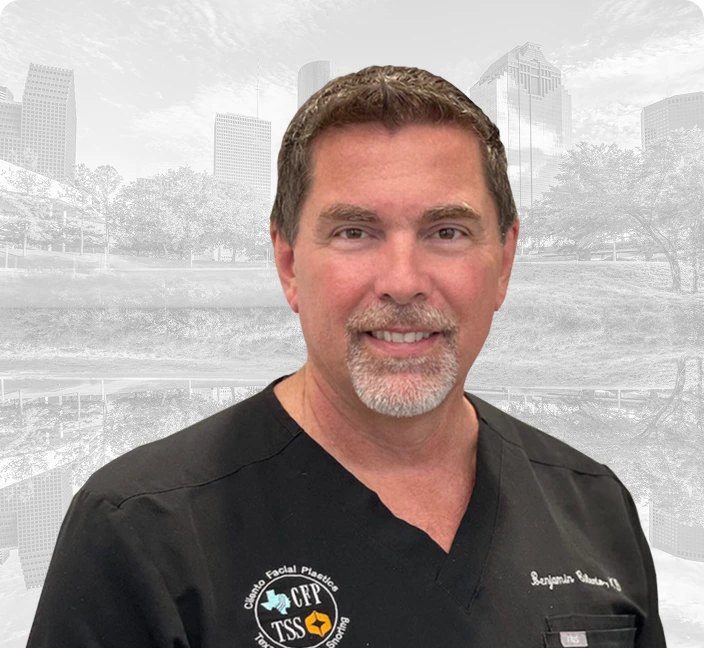At Cilento Facial Plastics we are always trying to educate and communicate with our community about what we do. Today I’d like to discuss primary rhinoplasty in a teen.
Rhinoplasty, commonly referred to as a “nose job,” is a surgical procedure aimed at reshaping the nose for aesthetic and functional purposes. As one of the most popular cosmetic surgeries globally, the timing of when to undergo rhinoplasty is a crucial consideration, particularly concerning nasal development, facial maturity, and desired outcomes.
In this essay, we will delve into the ideal age for primary rhinoplasty, emphasizing the importance of nasal function in addition to aesthetics and outlining optimal age ranges for both male and female patients.
Defining Rhinoplasty and Nasal Function:
Rhinoplasty is a surgical procedure that alters the shape, size, and structure of the nose to achieve a more harmonious facial appearance or address functional issues such as breathing difficulties.
While aesthetic improvements are often emphasized in rhinoplasty procedures, it is essential for surgeons to pay close attention to nasal function during the surgical planning and execution. Maintaining or enhancing nasal breathing is crucial to achieving the best possible rhinoplasty results, as structural changes to the nose can impact airflow and overall respiratory function.
Optimal Age for Primary Rhinoplasty in Men:
For male patients considering rhinoplasty, the ideal age for the procedure is typically around late adolescence to early adulthood, typically in the late teens to early twenties. At this age, the nasal anatomy has typically reached near maturity, allowing for more predictable surgical outcomes.
Puberty-related changes to the nose, such as growth spurts and cartilage development, have largely stabilized by this time, providing a more stable foundation for surgical intervention.
Additionally, the late teenage to early adult years are a period when individuals have a clear sense of their facial features and aesthetic goals, which can help guide surgical decision-making and expectations.
Nasal Maturity and Decision-Making:
Understanding the level of nasal maturity is essential in determining the optimal age for rhinoplasty. The nose is considered to have reached adult size by the late teens or early twenties, indicating that significant nasal growth is unlikely to occur beyond this point.
Beyond physical maturation, the emotional and psychological maturity of the patient also plays a crucial role in decision-making for cosmetic procedures.
Individuals undergoing rhinoplasty should have a realistic understanding of the potential risks, benefits, and outcomes of surgery, as well as a strong motivation for seeking aesthetic improvement.
Earliest Age for Rhinoplasty in Women:
In general, the earliest age at which rhinoplasty may be considered for female patients is around 15 to 16 years old, following the completion of nasal growth and development.
While early adolescence can be a suitable time for addressing certain nasal concerns, such as congenital deformities or functional issues, elective rhinoplasty for cosmetic enhancement is usually deferred until the nose has reached adult size and shape. This delay allows for a more accurate assessment of the nasal structure and aesthetic goals, minimizing the need for revision surgery in the future.
Conclusion:
Determining the perfect age for primary rhinoplasty involves a careful assessment of nasal maturity, facial harmony, and individual patient goals.
For male patients, the late teenage to early adult years are often considered the optimal time for rhinoplasty, taking into account nasal development and psychological readiness for surgery.
Women may undergo rhinoplasty starting from the mid-teens once nasal growth is complete, ensuring more stable and long-lasting results.
By prioritizing both nasal aesthetics and function in surgical planning, patients can achieve natural-looking outcomes that enhance their overall facial appearance and quality of life.
Consulting with a board-certified plastic surgeon experienced in rhinoplasty is essential for personalized guidance and optimal outcomes tailored to individual needs and preferences.





